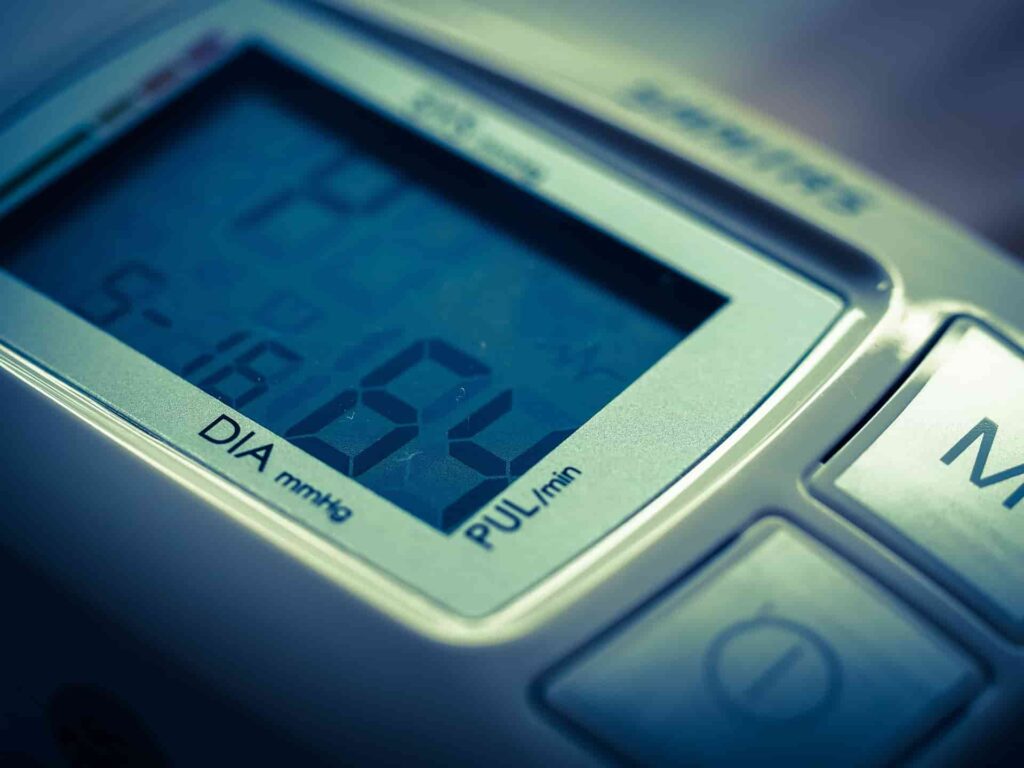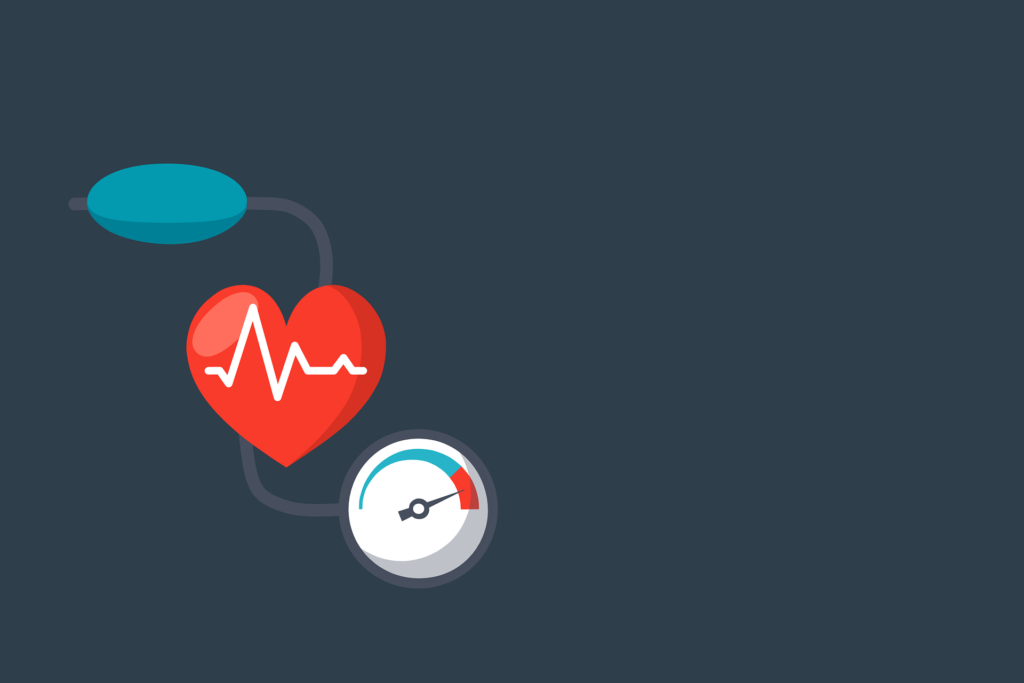Table of Contents
Table of Contents
Table of Contents
Understanding Systolic Blood Pressure: A Comprehensive Guide to Heart Health

When it comes to understanding your overall health, few metrics are as important as your blood pressure. Among its two components, systolic blood pressure—the first or «top» number in a blood pressure reading—deserves special attention. This value represents the force your heart generates to pump blood through your arteries during a heartbeat. Knowing how to interpret and manage your systolic pressure can help protect you from heart disease, stroke, and other serious conditions.
Let’s dive deep into what systolic pressure is, why it matters, and how you can keep it within a healthy range.
What Is Systolic Blood Pressure?

Blood pressure is a measurement of the force exerted by blood against the walls of your arteries. It is typically recorded as two numbers:
- Systolic pressure: The higher number, representing the force when your heart contracts and pushes blood into the arteries.
- Diastolic pressure: The lower number, indicating the pressure in your arteries when the heart is resting between beats.
For example, if your blood pressure reading is 120/80 mmHg, the «120» represents your systolic blood pressure, and «80» is your diastolic pressure.
Systolic pressure is considered the most critical number because it indicates how hard your heart is working to circulate blood. Elevated systolic readings can be a warning sign of cardiovascular problems, while very low systolic pressure may indicate insufficient blood flow to vital organs.
Why Is Systolic Pressure More Important Than You Think?

You might wonder why so much emphasis is placed on systolic pressure. The reason is simple: it is a direct indicator of your heart’s workload and arterial health. Elevated systolic levels can be a sign of stiff or damaged arteries, conditions that are more common as we age.
Key implications of elevated systolic blood pressure:
- Heart Disease: High systolic pressure increases strain on the heart, potentially leading to conditions like heart failure or left ventricular hypertrophy (enlarged heart).
- Stroke: Persistent high systolic readings are a major risk factor for ischemic and hemorrhagic strokes.
- Kidney Damage: The kidneys rely on stable blood pressure to filter waste; high systolic levels can impair their function over time.
On the other hand, low systolic pressure—though less common—can lead to dizziness, fainting, and even shock in severe cases, as vital organs may not receive adequate blood flow.
Systolic Blood Pressure and Aging

As we age, our arteries naturally lose elasticity, a process called arterial stiffness. This condition makes it harder for blood to flow smoothly, leading to elevated systolic readings. This is why isolated systolic hypertension (high systolic pressure with normal diastolic pressure) is more prevalent in older adults.
However, it’s not just aging that affects systolic pressure. Lifestyle factors such as diet, exercise, stress, and sleep quality play significant roles in maintaining healthy levels.
Healthy Systolic Blood Pressure Ranges

The normal range for systolic blood pressure varies depending on your age, activity level, and overall health. Here’s a general guide:
| Category | Systolic Reading (mmHg) |
|---|---|
| Normal | Less than 120 |
| Elevated | 120–129 |
| Hypertension Stage 1 | 130–139 |
| Hypertension Stage 2 | 140 or higher |
| Hypertensive Crisis | Over 180 (seek medical attention immediately) |
Real-Life Example: How Systolic Pressure Can Change

Consider John, a 45-year-old office worker. He recently went for a routine check-up and discovered his systolic pressure was 145 mmHg—Stage 2 Hypertension. Alarmed, he decided to take action. By adopting a healthier diet, reducing stress, and committing to daily 30-minute walks, John managed to lower his systolic pressure to 125 mmHg within six months.
This example highlights the importance of monitoring and managing your blood pressure. Small lifestyle changes can have a big impact.
The Risks of High Systolic Blood Pressure

If left untreated, high systolic pressure (often referred to as isolated systolic hypertension) can lead to severe complications. These include:
- Aneurysms: Persistent pressure can weaken blood vessel walls, potentially causing them to rupture.
- Cognitive Decline: Studies link high systolic pressure to an increased risk of dementia and Alzheimer’s disease.
- Eye Damage: Elevated pressure can harm the delicate blood vessels in the eyes, leading to vision problems.
High systolic pressure often goes unnoticed because it rarely causes symptoms. That’s why it’s often called the «silent killer.»
Low Systolic Pressure: Should You Be Concerned?

While high blood pressure gets most of the attention, low systolic pressure can also be problematic. A systolic reading below 90 mmHg may cause symptoms like:
- Lightheadedness
- Fainting
- Shock (in severe cases)
Low systolic pressure can result from dehydration, blood loss, or heart conditions that weaken the heart’s ability to pump effectively.
How to Measure Your Blood Pressure Correctly

Accurate measurement is crucial for understanding your systolic blood pressure. Follow these tips:
- Use a calibrated monitor: Whether at home or at a clinic, ensure the device is accurate.
- Relax beforehand: Sit quietly for at least five minutes before taking a reading.
- Position matters: Keep your arm at heart level and avoid crossing your legs.
- Measure regularly: Take readings at the same time each day to track trends.
Lifestyle Changes to Manage Systolic Blood Pressure

The good news is that high systolic pressure can often be controlled through lifestyle changes. Here are some proven strategies:
1. Adopt a Heart-Healthy Diet
The DASH diet (Dietary Approaches to Stop Hypertension) is specifically designed to lower blood pressure. Key components include:
- Fruits and vegetables: Rich in potassium, which helps balance sodium levels.
- Whole grains: Provide fiber, which can improve arterial health.
- Low-fat dairy: A good source of calcium, essential for blood pressure regulation.
2. Stay Active
Regular physical activity strengthens your heart, allowing it to pump blood with less effort. Aim for at least 150 minutes of moderate exercise per week, such as brisk walking, cycling, or swimming.
3. Limit Sodium Intake
Excess sodium can cause water retention, increasing blood volume and systolic pressure. Aim to consume less than 2,300 mg of sodium per day (about one teaspoon of salt).
4. Reduce Stress
Chronic stress triggers hormonal changes that can raise your blood pressure. Practices like mindfulness, yoga, or even hobbies can help you relax.
5. Maintain a Healthy Weight
Carrying extra weight puts additional strain on your heart. Even losing 5–10% of your body weight can significantly lower systolic pressure.
When Medication Is Needed

In some cases, lifestyle changes may not be enough to control systolic pressure, especially if it’s significantly elevated. Common medications include:
- ACE inhibitors: Help relax blood vessels.
- Beta-blockers: Reduce heart rate and workload.
- Diuretics: Help eliminate excess sodium and water.
It’s essential to work closely with your doctor to find the best treatment plan for you.
How Stress and Sleep Affect Systolic Pressure

Stressful situations often cause temporary spikes in systolic pressure. While these short-term increases aren’t usually harmful, chronic stress can lead to long-term hypertension. Similarly, poor sleep patterns—especially conditions like sleep apnea—can disrupt blood pressure regulation.
Tips for Better Sleep:
- Stick to a consistent sleep schedule.
- Create a relaxing bedtime routine.
- Avoid caffeine and heavy meals before bed.
Common Myths About Systolic Blood Pressure

Let’s debunk some common misconceptions:
Myth 1: High systolic pressure is only a concern for older adults.
Truth: While it’s more common with age, young people can also experience high systolic readings due to poor lifestyle habits.
Myth 2: I feel fine, so my blood pressure must be normal.
Truth: Hypertension often has no symptoms, making regular check-ups essential.
Myth 3: Only medication can fix high systolic pressure.
Truth: Lifestyle changes can be incredibly effective, especially when implemented early.
Long-Term Benefits of Healthy Systolic Pressure

Maintaining systolic pressure within the normal range offers countless benefits:
- Better cardiovascular health: Reduced risk of heart attacks and strokes.
- Improved energy levels: A healthy heart pumps blood more efficiently, boosting overall vitality.
- Enhanced quality of life: Lower blood pressure often translates to fewer health complications as you age.
Conclusion: Take Charge of Your Heart Health
Understanding and managing your systolic blood pressure is one of the most impactful steps you can take for your long-term health. By monitoring your readings, adopting a heart-healthy lifestyle, and seeking medical advice when needed, you can reduce your risk of serious complications and live a more vibrant, active life.
Remember, your heart works tirelessly for you—make sure you’re giving it the support it needs!



